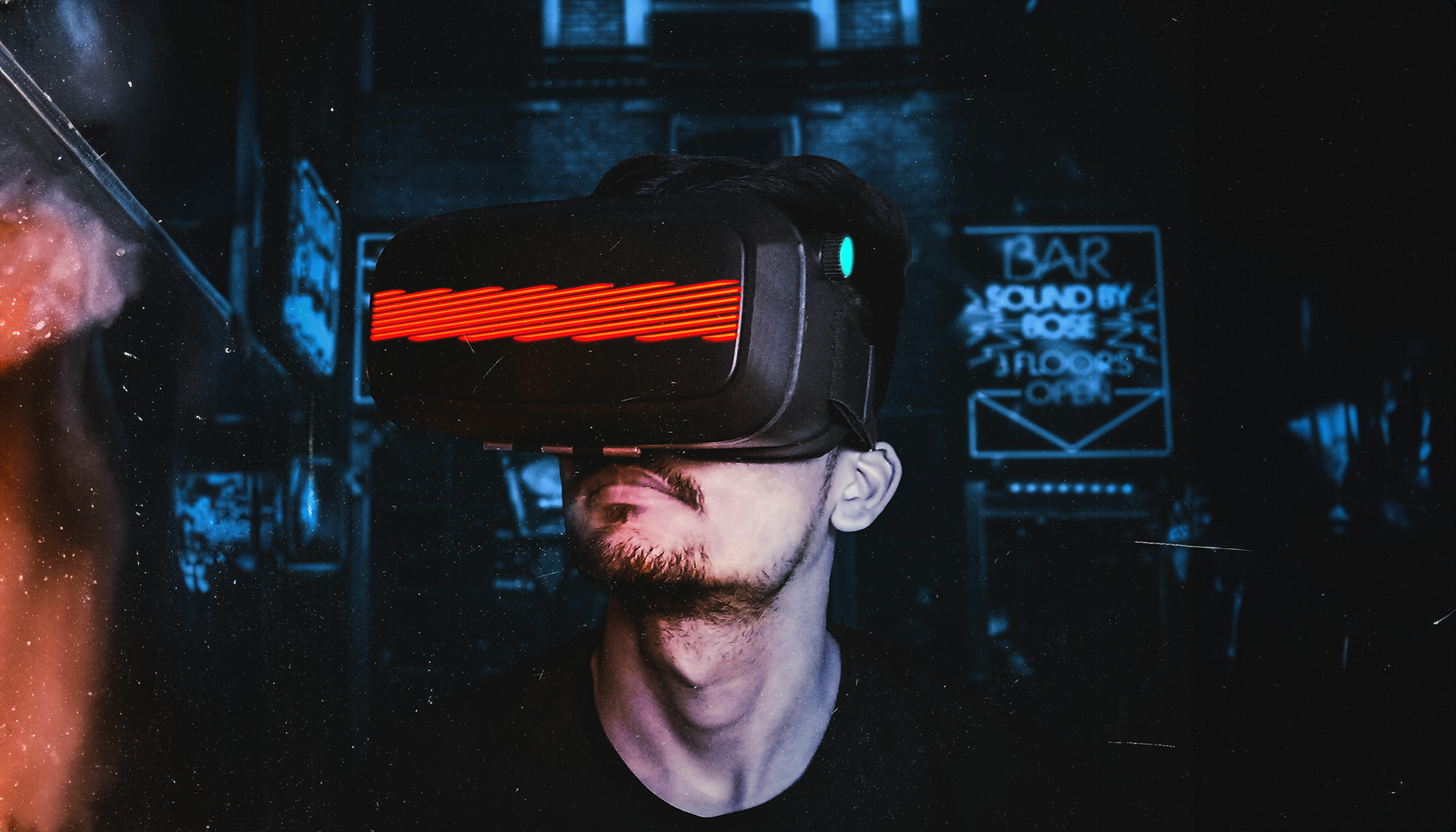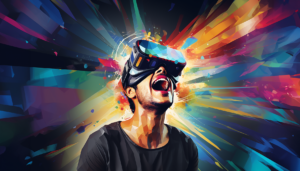In the ever-evolving landscape of digital marketing, the integration of Virtual Reality (VR) metrics and Meta advertising strategies represents a fascinating synergy. This alignment promises to redefine the metrics of success and the approach to audience engagement in the digital space.
The Advent of VR Metrics in Marketing
The impact of Virtual Reality in marketing is undeniable. As VR becomes increasingly mainstream, it offers a unique avenue for creating immersive experiences that engage consumers on a deeper level. VR provides an interactive environment where brands can connect with their audience more intimately and memorably. Companies like CognitiveVR, InstaVR, and RetinadVR are at the forefront, offering robust analytical solutions that track user engagement and interactions within VR environments. These tools provide invaluable insights, such as heatmaps of viewer engagement, biometrical insights, and recommendations for enhancing user engagement.
Key Performance Indicators (KPIs) for VR in marketing include views, unique users, view-through rate, and interaction time. These metrics are especially relevant in measuring the effectiveness of non-interactive VR videos, like 360-degree videos on YouTube, and interactive VR experiences, such as virtual product demos. They offer a comprehensive overview of how users interact with VR content, thereby informing strategies for improving engagement and effectiveness.
Meta Advertising: A Powerhouse in the Digital Realm
Meta Ads, evolving from Facebook Ads, leverage the extensive user base of platforms like Facebook and Instagram. This evolution has led to a powerful advertising ecosystem capable of delivering targeted ads based on user demographics, interests, and behaviors. The Meta Advertising Ecosystem offers a variety of ad formats and placements through tools like Meta Business Suite and Ads Manager, enabling advertisers to reach their target audience more effectively.
The precision of Meta Ads’ targeting options stands out as a significant advantage. By targeting users based on detailed criteria, Meta Ads ensure that advertisements reach the most relevant audience at the right time. Furthermore, the massive user base of Facebook and Instagram provides an unparalleled opportunity for businesses to expand their reach and enhance brand visibility. The range of ad formats available, including images, videos, and carousel ads, adds to the versatility and effectiveness of Meta Ads in meeting diverse campaign objectives.
Merging VR Metrics with Meta Advertising
The combination of VR metrics and Meta advertising offers a new dimension in digital marketing. By utilizing the immersive and engaging nature of VR along with the targeted and extensive reach of Meta Ads, marketers can create campaigns that are not only captivating but also highly effective in reaching their desired audience.
Setting up a successful Meta Ad campaign involves clearly defining campaign objectives, identifying the target audience, crafting compelling ad creatives, and allocating an appropriate budget and schedule. When these elements are combined with the immersive experiences provided by VR, the result is a marketing strategy that is both innovative and impactful.
Conclusion
The integration of VR metrics and Meta advertising strategies represents a significant advancement in digital marketing. This combination allows for more engaging, immersive, and targeted marketing campaigns that can significantly enhance user engagement and brand visibility. As we move forward, this synergy promises to open new frontiers in the way brands interact with their audiences, offering more personalized and impactful experiences.







